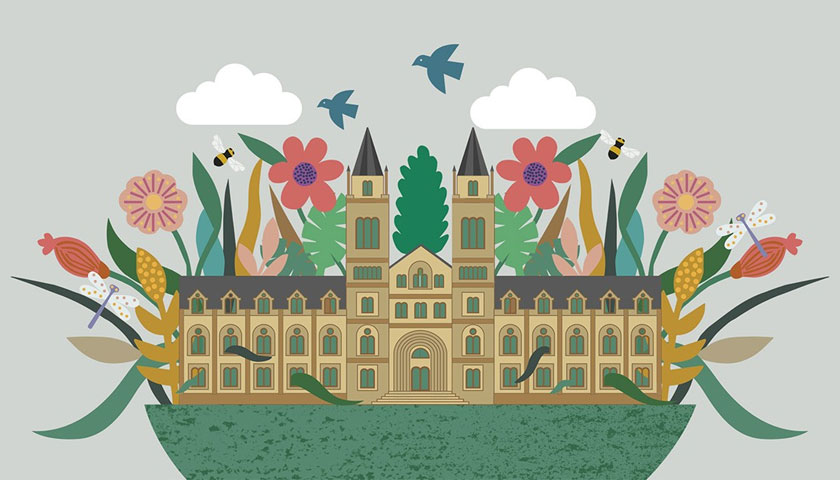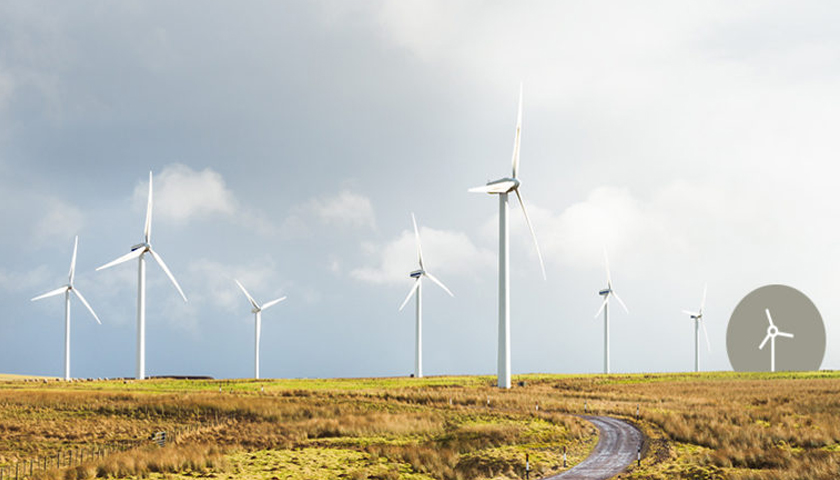The Natural History Museum has announced a plan to cut carbon emissions to net zero by 2035.
An ambitious new plan, Sustainable by Nature, outlines a host of ways in which the institution will become even greener in the coming years.
They include commitments to prioritise energy efficiency and decarbonise the Museum’s energy centre. A new travel policy will cut the number of flights taken by staff, and waste will be minimised, with the operational recycling rate increasing to at least 60% by 2023.
Crucially, the plan will also include a path to net zero emissions by 2035.
Plans are already in motion: this year solar panels were installed onto the roof of The Natural History Museum at Tring, where internationally important zoological and ornithological collections are housed.
More than 300 solar panels were installed, providing a total system capacity of 88kWp, capable of generating up to 75,835kWh a year, enough to meet the entire building’s annual electricity needs and potentially saving the Museum £9,100 per year. It also saves more than 21 tonnes of carbon dioxide emissions per year, which is equivalent to planting 10,514 trees.
Wayne Hitchings, Head of Sustainability, says, ‘We want to show the world what it means to be green.
‘We’ve made brilliant progress at the Museum over the last few years, so I am excited to launch the next phase of our plan to become kinder to nature. It’s time to take real action on the planetary emergency, and we have an ambition to become one of the greenest Museums in the world. It won’t be easy and we’ve got lots to learn, but we’re committed to getting there.
‘When it comes to reducing harmful waste like certain single-use plastics, we’ve made great progress. Now we’re expanding those achievements out to all areas of our work.’
Solar panels were installed on the roof of the Natural History Museum at Tring earlier in 2020.
Researchers at the Museum study the impact of human activity on the world’s most precious ecosystems, showing the transformative effect that cutting carbon emissions and reducing waste could have on nature.
Scientists are at the forefront of examining how human activity impacts the species we share our world with, and they regularly support recommendations to policymakers around the world.
The new plan brings the Museum’s sustainability ambitions in line with its world-leading scientific research outputs.
It comes on the back of the Museum’s declaration of a planetary emergency in January 2020, in recognition of humanity’s failure to combat our destructive impact on the planet’s survival systems.
Museum Director Doug Gurr says, ‘As a globally important cultural and scientific institution, it’s not just important that we create a greener Museum, it’s one of our greatest responsibilities, and in doing so we can pave the way for others to do the same.
‘Our new Sustainable by Nature plan lays out our ambitious commitments to becoming net zero by 2035, in line with the 2015 Paris Agreement. We all have a part to play in reducing our impact on the environment and we’re committed to doing all we can, across everything we do in the Museum.
‘Thinking and acting sustainably will not just be lip service for us, it will be central to our operations as we do all we can to create a future where people and planet thrive.’
Net zero
The ultimate goal is to reach net zero by 2035, which means all greenhouse gas emissions will be reduced to a minimum and remaining emissions offset, using schemes that remove existing greenhouse gasses from the atmosphere.
Getting to net zero is a long, complex road. To start the journey, Museum staff will create a carbon reduction plan using science-based targets to help drive down emissions. Targets are being developed in line with the scale of reductions required to keep global warming below a 1.5°C increase from pre-industrial levels.
Wayne says, ‘Doing our bit to keep the world below a 1.5°C temperature rise is one thing but reaching net zero will be going one step further than that. It will be hard because we are a complex organisation, and we care for a huge, globally important collection that must be kept safe – but we’re committed to getting there.’
Alongside reducing carbon emissions, the Museum also has a plan to save water, reduce waste, increase recycling and create sustainable exhibitions.



